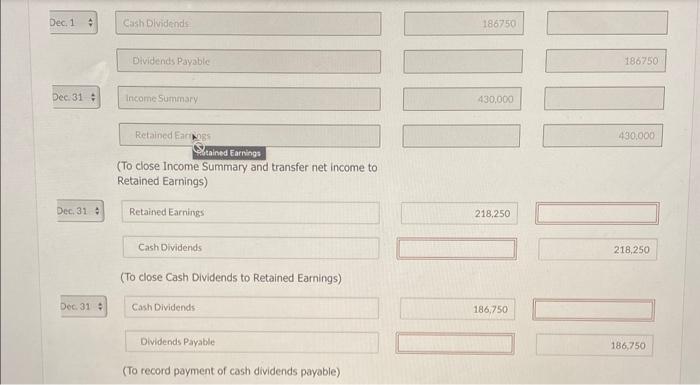Other questions asked by students
General Management
Accounting
Q
Please help with these few question for auditing II 1.Identify and describe accountants' exposure...
Accounting
Accounting






